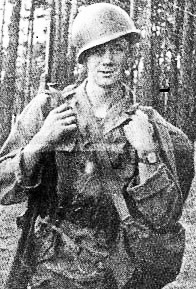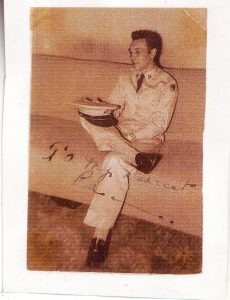Harkness, Harry Edward
Army Sergeant

Harry Edward Harkness from Rhode Island, Washington county.
Service era: Korea
Date of death: April 30, 1951
Death details: On September 5, 2017, Defense POW/MIA Accounting Agency (DPAA) identified the remains of Sergeant First Class Harry Edward Harkness, missing from the Korean War. Sergeant First Class Harkness entered the U.S. Army from Rhode Island and served with Company L, 3rd Battalion, 8th Cavalry Regiment, 1st Cavalry Division. On November 2, 1950, he was taken as a prisoner of war (POW) during combat between the 8th Cavalry Regiment and Chinese Communist Forces (CCF) near Unsan, North Korea. Following his capture, he was eventually interned at POW Camp 5 at Pyoktong, where he died of dysentery and malnutrition on or before April 30, 1951. In 1993, the North Korean government repatriated human remains from the POW Camp 5 site, and U.S. analysts eventually identified SFC Harkness among these remains.
Source: National Archives, Defense POW/MIA Accounting Agency

